Spotlight: Space Artist Michael Najjar
Art can serve as the conduit between space science and the public. Great art has the power to entice people to cross the bridge and explore a new cosmos.
Issue 79. Subscribers 11 186.
If you're looking to launch a spacetech startup or transition into the spacetech sector, join our fellowship program that starts on April 12. Learn more and register here.
During my travels in the UK last summer, I had the opportunity to visit an exhibition titled 'Civilization: The Way We Live Now' at the Saatchi Gallery. The exhibition concluded with two remarkable artworks by Michael Najjar - 'orbital ascend' and 'f.a.s.t.' Witnessing these space-themed pieces was a truly inspiring experience, serving as a fitting finale to such a significant exhibition.
I was fortunate enough to meet Michael Najjar in person at the opening of the 'Mars: The Red Mirror' exhibition at the ArtScience Museum in November 2023.
Today, we are excited to present our spotlight with Michael to explore the intersection of art and space and to understand why this fusion is so vital.
Michael Najjar (b.1966, in Germany) is an internationally renowned artist, explorer and future astronaut. His work spans photography, video, digital image-making, sculpture and writing. He is known for working closely at the intersection of art, science, and technology, dealing in complex and critical ways with the technological developments that are defining and drastically changing the early 21st century. Michael Najjar has galleries in China, Spain, Italy and The Netherlands.
You can find more about Michael’s work at his website and instagram account:
www.instagram.com/studio_michaelnajjar
Your work often merges art with technology and science, particularly in the realm of space exploration. What initially drew you to this intersection, and how do you maintain a balance between artistic expression and scientific accuracy?
I have always been interested in the technological developments that are defining and drastically changing the early 21st century. My multidimensional practice often leads to cross-field collaborations with scientists, researchers, and engineers. This scientific background forms the base and inspiration for my artistic work. I create artistic visions and utopias of future social orders emerging under the influence of new technologies and scientific knowledge. My artistic expression consistently serves as an interpolation into the future, rooted in current scientific facts. The artworks oscillate on a delicate line between reality and simulation, blending facts with fiction.
"Outer space" is one of your most renowned series, where you explore the future of space travel and the potential of human expansion into the cosmos. Can you share some insights into the creative process behind this series and the message you hope to convey through your art?
My "outer space" series deals with the latest developments in space exploration and how they will shape our future life on Earth, in Earth’s near orbit, and on other planets. I began this body of work in 2011, after photographing the last launch of the American Space Shuttle Atlantis. This was a historic moment, as it became clear to me that the end of the shuttle era would lead to a significant technological leap in the field of space exploration. I then immersed myself entirely in the topic of space exploration. As the performative aspect is a fundamental part of my artistic work, I became one of Virgin Galactic's Future Astronauts in 2012 and underwent comprehensive cosmonaut training in Star City. I started collaborating with space agencies, scientists, and engineers. My artworks reach a wider audience than just the space industry, and I aim to take people on a visual and intellectual journey into the cosmos. The cultural dimension represented by the current transition towards a larger human presence in space is very much at the center of my work.
In your "liquid gravity" photograph, you captured a simulated spacewalk in zero gravity. Can you describe the challenges and experiences of creating art in such an unconventional and extreme environment?
"Liquid gravity" is arguably the most well-known artwork of the series. It depicts me during my spacewalk training in Star City. The image was captured in a gigantic water tank at a depth of 12 meters. This was an incredibly complex shoot, which we had prepared for over a year. More than 40 people were involved in this project, a part of my astronaut training. I spent two hours underwater in my Orlan M-Spacesuit, simulating a spacewalk and working on a mockup of the ISS. The day before, I was really worried about feeling claustrophobic in the 150 kg spacesuit, but once I was in and underwater, I felt very excited and comfortable. However, it required immense mental concentration, especially when I was inside the airlock for more than 10 minutes. To create this extraordinary picture, we had trained underwater in Berlin and made precise sketches. Another photographer was underwater with me; he captured the image at the exact moment when I touched the ground, bouncing back into a state of buoyancy. In the subsequent digital editing process, I placed the Earth in the window, completely altering the perception of the image and propelling the spectator's viewpoint into space itself. The artwork encapsulates the fundamental elements of human space exploration: the human body encased in a complex technological shell, floating in a microgravity environment, with a distant view of our home planet.
You've trained with astronauts and experienced zero-gravity flights to prepare for your artistic projects. How have these experiences influenced your perspective on space exploration and its representation in your art?
Certainly. I've come to understand that the human body isn't naturally equipped for space. It requires extensive technical support systems, protective shells, and other life-support mechanisms to endure the harsh conditions of this environment. When we contemplate the prospect of colonizing Mars in the future, the magnitude of this challenge for our species becomes apparent. My personal journey through astronaut training has reshaped my perspective in numerous ways and profoundly influenced the creation of my artworks. Experiencing immense gravitational forces in a centrifuge or jet fighter, floating in zero gravity, and being enclosed in a spacesuit—essentially a miniature spacecraft—presents physical and mental challenges that push the limits of what the body and mind are accustomed to. These experiences have significantly influenced the concepts of my artworks and infused them with a deeply personal dimension.
Your work often involves collaborations with scientists, astronauts, and space agencies. How do these collaborations shape your artistic vision, and what have you learned from working with experts in the field of space exploration?
This is the fundamental basis of my artistic process! I create visions of future scenarios rooted in the present and grounded in current scientific knowledge and technological advancements. Collaborating with experts in various fields not only expands my understanding but also helps them recognize the profound cultural dimensions of their work for all of us. Often, the public remains unaware of the ongoing developments in space exploration and the significant impact they will have on our lives and those of our children. As an artist, I wield various storytelling tools, and I aim to bring these narratives to a broader audience beyond the space community.
As an artist, you have a unique platform to inspire and educate the public about space exploration. What role do you believe art plays in advancing the public's understanding and interest in space science and technology?
Art can play a significant role! I've noticed that many important developments in space exploration, while well-known within the space community, often remain unfamiliar to the broader public. Visitors to my exhibitions frequently encounter real concepts like the JWST, Starship, or the upcoming Artemis moon landings for the very first time; often, they consider already existing technologies as pure science fiction. Moreover, there are cultural differences to consider; what constitutes progress in one country might be perceived as failure in another. Primarily, I observe a substantial lack of knowledge, leading to ignorance regarding the imperative of further space exploration. Today, humanity faces escalating threats on planet Earth, including overpopulation, climate change, terraforming, dwindling resources, and shortages in energy, food, and water supply. Despite the urgent need to protect our planet, colonization of our solar system might emerge as the ultimate solution to ensure the survival of our species. Innovations in space travel will yield sustainable technologies enabling us to better steward our own Spaceship Earth. I firmly believe we must expand our existential framework beyond Earth-bound limitations to encompass Earth's orbits and outer space. There is no true dichotomy between Earth and space; Earth itself resides within the vastness of space.
Art can serve as the conduit between space science and the public. Great art has the power to entice people to cross the bridge and explore a new cosmos.
Michael, thank you for your interview and your work!
We truly believe that art is important to inspire and involve a wider audience to space exploration and its impact on us. We also believe that regardless of your current job and skills you can contribute to the aerospace sector in one way or another. You just need to use your imagination and act. If you have any ideas or you need any advice, please shoot us an email via hello@spaceambition.org. Good luck with your future space endeavors!


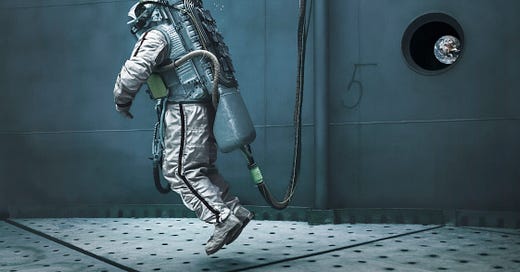





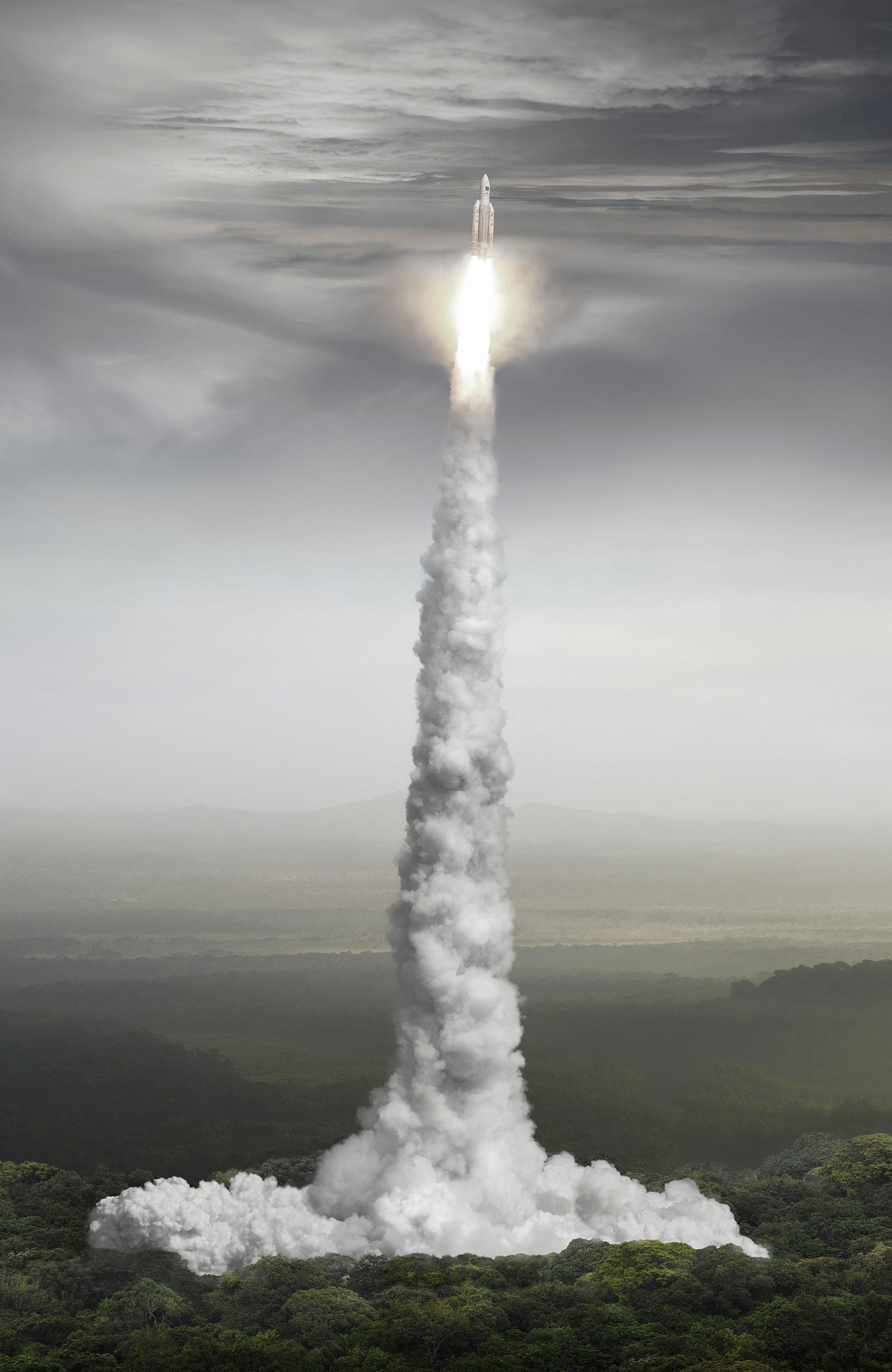
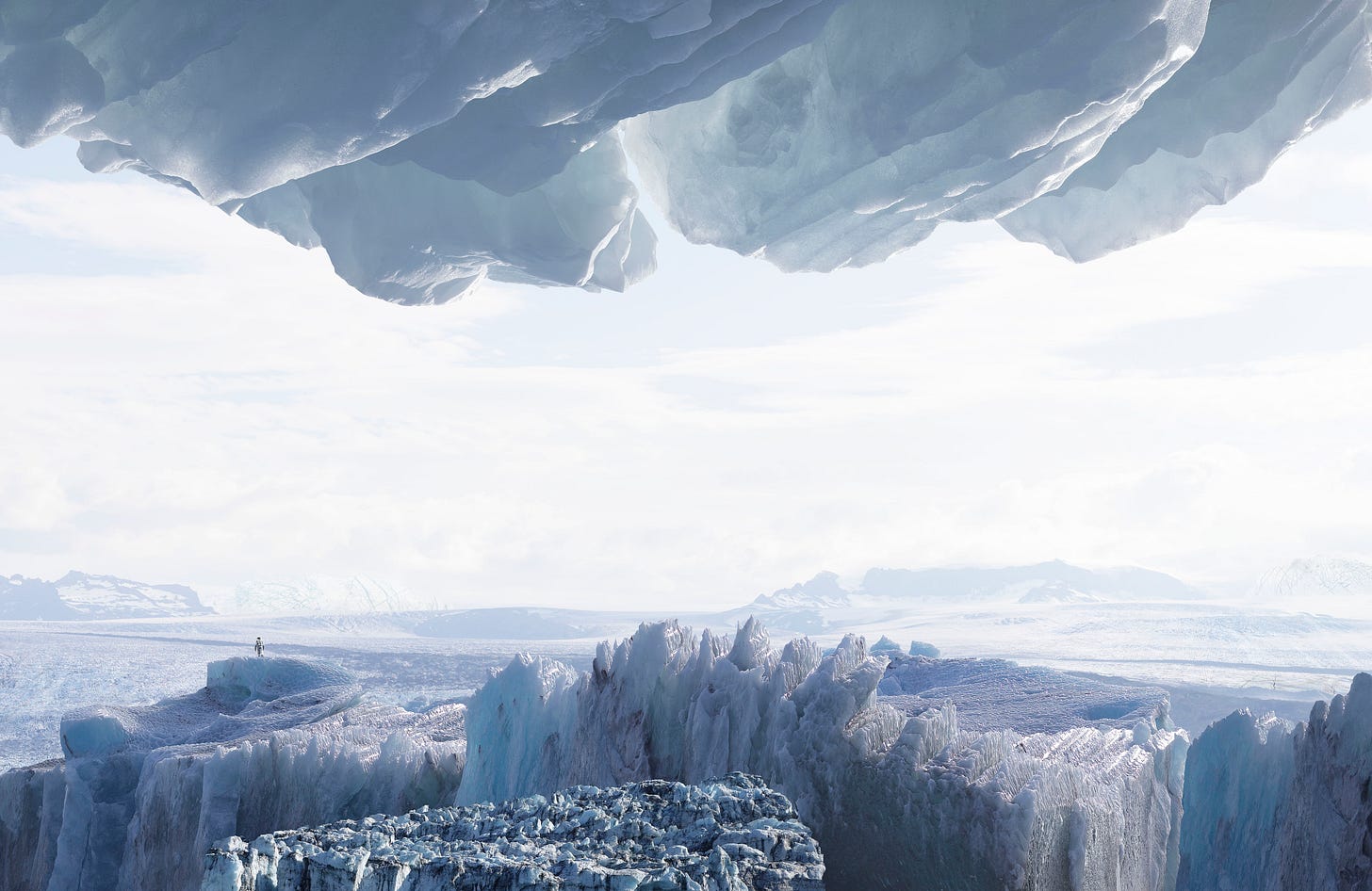
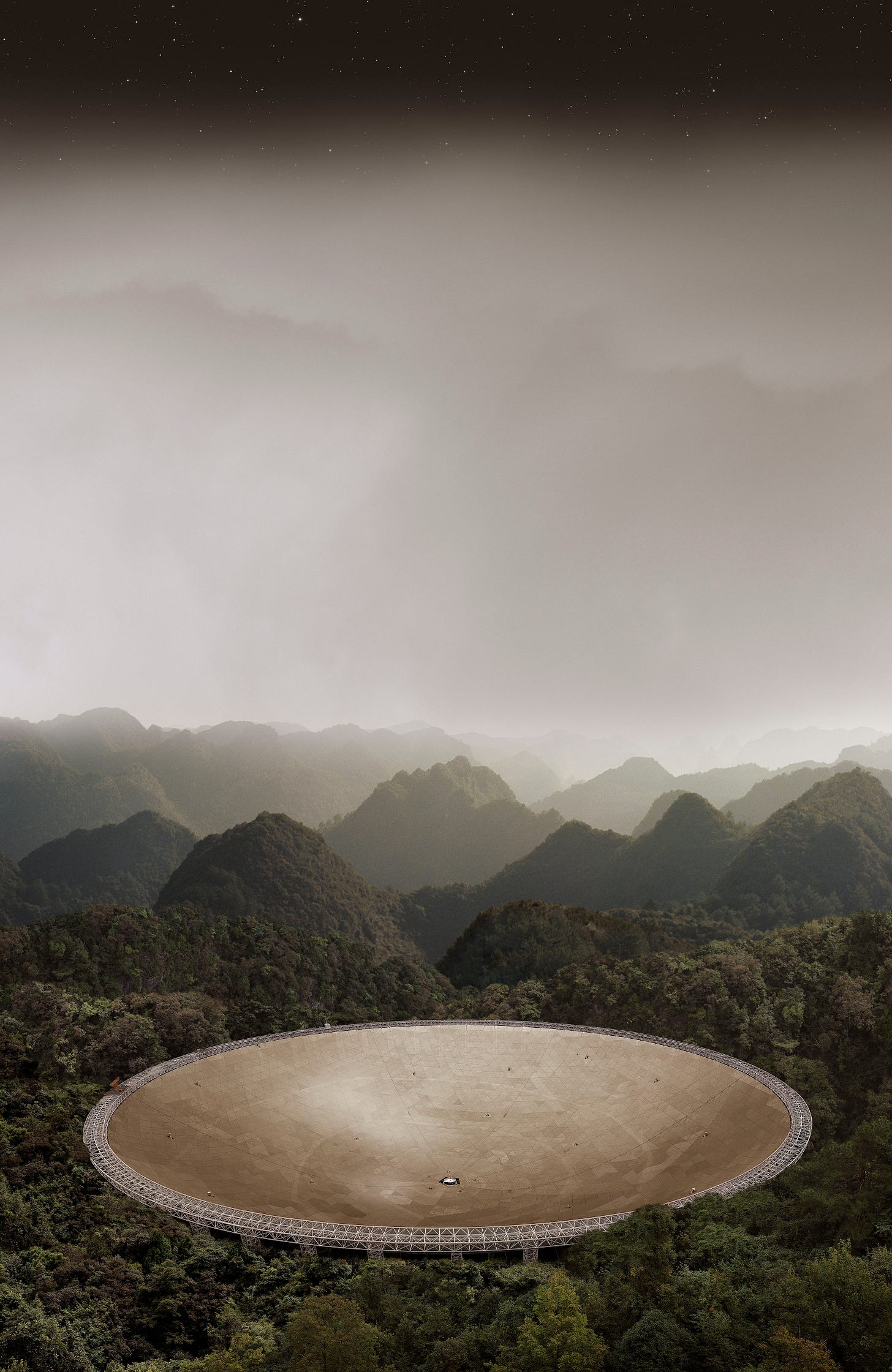

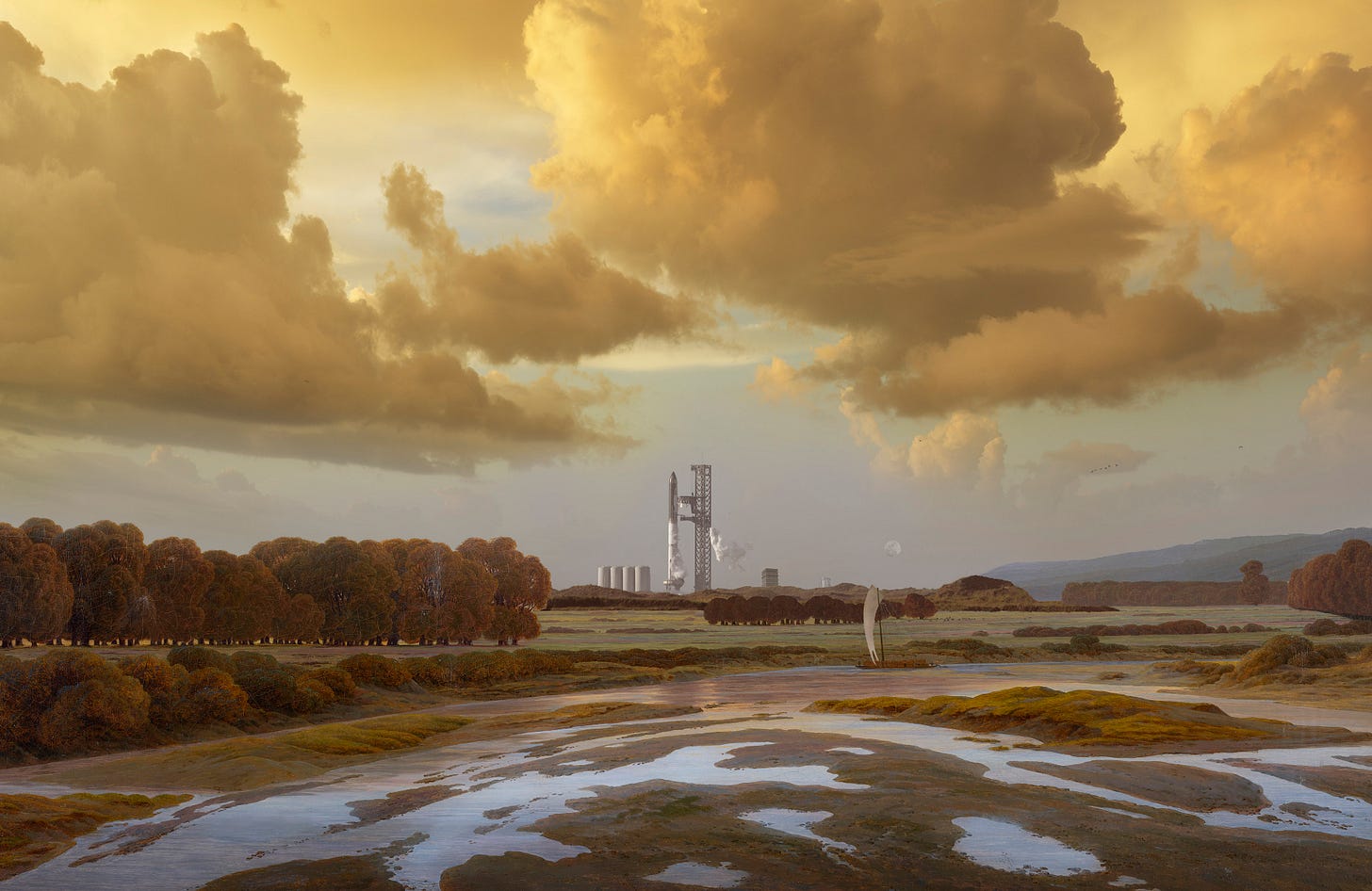
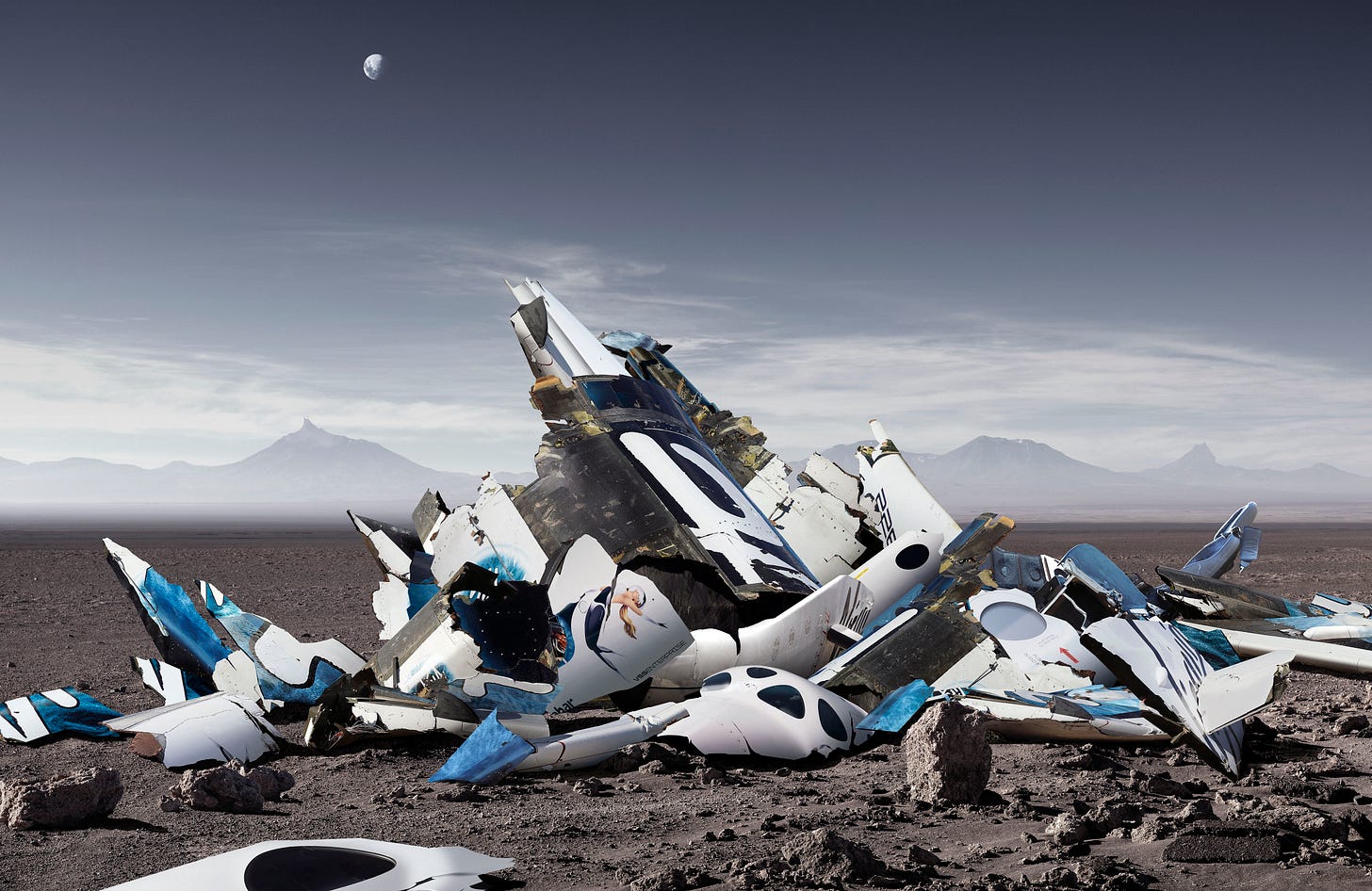

Wow!